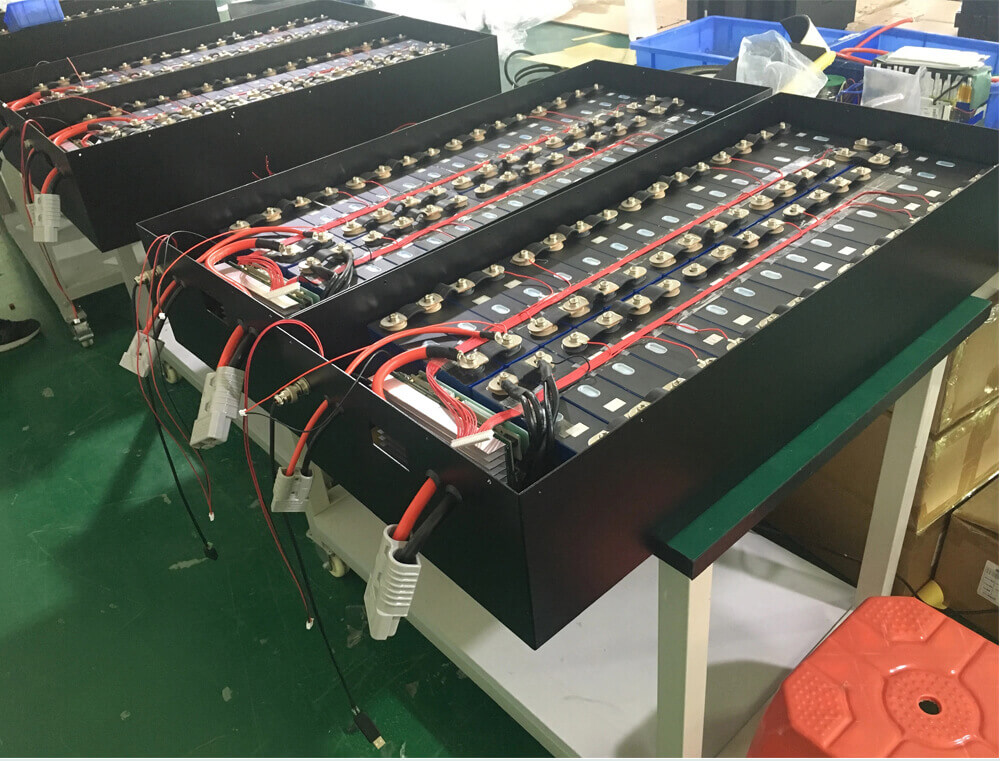- 08
- Dec
Interpretation of flow battery energy storage
Flow battery energy storage technology
Flow battery is generally an electrochemical energy storage device. Through the oxidation-reduction reaction of liquid active materials, the conversion of electrical energy and chemical energy is ended, thereby ending the storage and release of electrical energy. Because of its outstanding advantages such as independent power and capacity, deep charge and discharge depth, and good safety, it has become one of the best choices in the field of energy storage.

Since the fluid battery was invented in the 1970s, it has gone through more than 100 projects, from laboratory to company, from prototype to standard product, from demonstration to commercial implementation, from small to large, from single to universal.
The installed capacity of vanadium flow battery is 35mw, which is currently the most widely used flow battery. Dalian Rongke Energy Storage Technology Co., Ltd. (hereinafter referred to as Rongke Energy Storage), funded by the Dalian Institute of Chemical Physics, Chinese Academy of Sciences, cooperated with the Dalian Institute of Chemical Physics to complete the localization and planned production of key materials for all-vanadium redox flow batteries. At the same time, the electrolyte products are exported to Japan, South Korea, the United States, Germany, the United Kingdom and other countries. The high selectivity, high durability and low cost of non-fluorine ion conductive membrane are better than perfluorosulfonic acid ion exchange membranes, and the price is only 10% of all vanadium flow batteries, which truly breaks through the cost bottleneck of all vanadium flow batteries.
Through structural optimization and the use of new materials, the additional operating current density of the all-vanadium flow battery reactor has been reduced from the original 80 mA to the advanced C/C㎡ 120 mA/㎡ while maintaining the same function. The cost of the reactor has been reduced by nearly 30%. The standard single stack is 32kw, which has been exported to the United States and Germany. In May 2013, the world’s largest 5 MW /10 MWH vanadium flow battery energy storage system was successfully connected to the grid at Guodian Longyuan 50mw wind farm. Subsequently, the 3mw/6mwh wind power grid-connected energy storage project, and the Guodian and wind power 2mw/4mwh energy storage projects have been implemented in Jinzhou, which are also important cases in my country’s exploration of energy storage business models.
Another leader in vanadium flow batteries is Japan’s sumitomoelectric. The company restarted its mobile battery business in 2010 and will complete a 15MW/60MW/hr vanadium mobile battery plant in 2015 to cope with the peak load and power quality pressure brought by the merger of large-scale solar plants in Hokkaido. The successful implementation of this project will be another milestone in the field of vanadium flow batteries. In 2014, with the support of the U.S. Energy and Clean Fund, the U.S. UniEnergy Technologies LLC (UET) established a 3mw/10mw full-flow vanadium battery energy storage system in Washington. UET will use its mixed acid electrolyte technology for the first time to increase the energy density by about 40%, expand the temperature window and voltage range of all vanadium flow batteries, and reduce thermal management energy consumption.
At present, the energy power and system reliability of positive flow lithium batteries, and reducing their costs are important issues in the planning of the wide application of positive flow batteries. The key technology is to develop high-performance battery materials, optimize battery structure design, and reduce battery internal resistance. Recently, Zhang Huamin’s research team has developed an all-vanadium redox flow battery with a single battery charge and discharge energy power. The working current density is 80ma/C square meter, which reached 81% and 93% a few years ago, which fully proves its broadness. Space and prospects.
